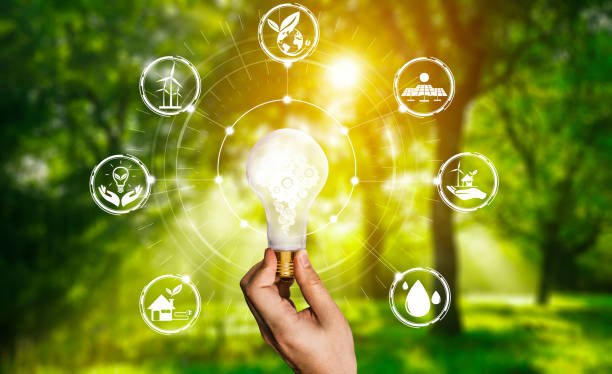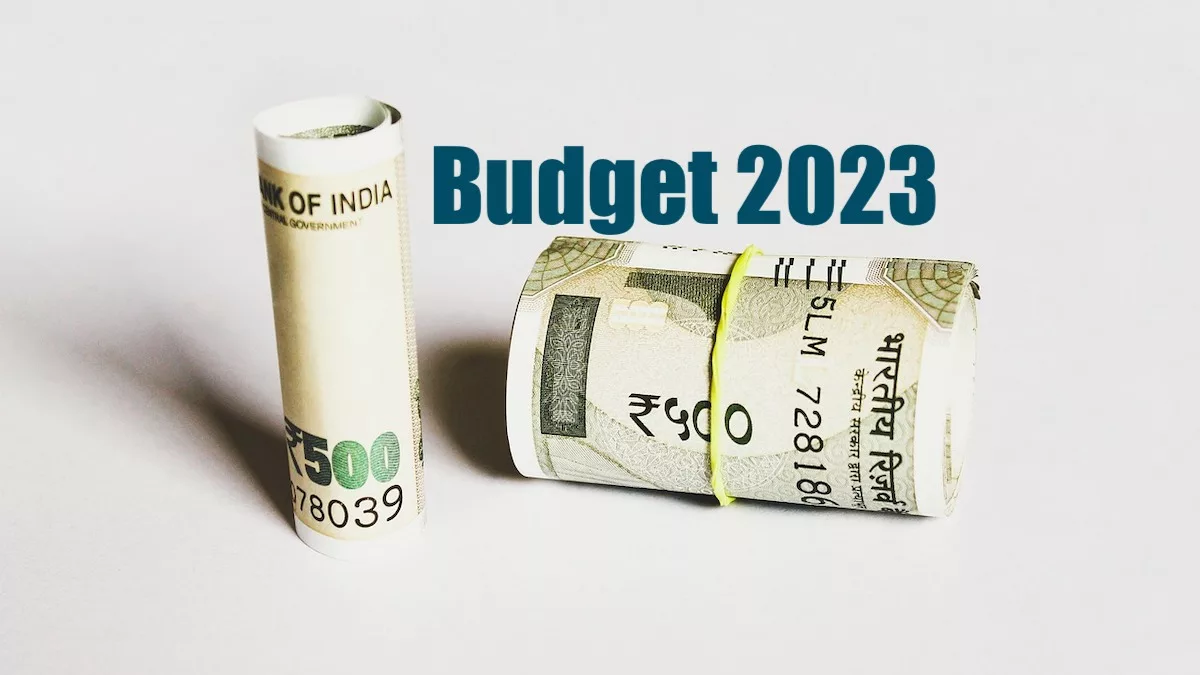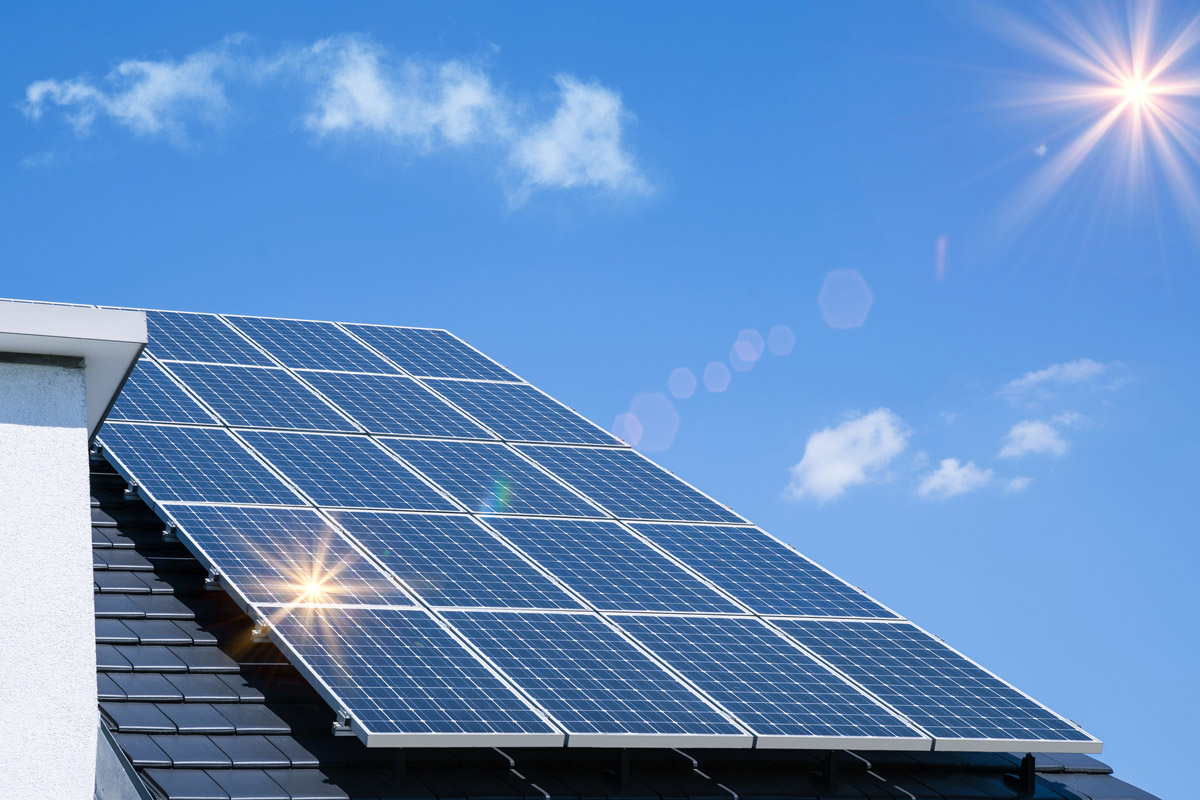India’s transition to a greener economy can be accelerated by the Budget 2023: How?

Prime Minister Narendra Modi has announced specific targets for India at the COP26 in Glasgow. The targets included turning net zero by 2070 and increasing the share of renewable energy to 50 percent by the end of 2030. The Ministry of Environment, forests, and climate change was allocated a budget of 3030 Crore INR to meet the goals in 2022-23.
Some of the key highlights of the goals that were issued by the Indian Government were:
The issuance of the Sovereign Green Bonds for helping to mobilize resources to build green infrastructure. The funding would be used in public sector projects that will further help to reduce the carbon footprints in the economy.
Secondly, they initiated the formulation of the battery-swapping policy to strengthen and promote the electric vehicles sector. The budget allocated 19500 crores INR to increase solar power to 280 GW by the end of 2030.
The allocation was made based on the Production Linked Incentive PLI Scheme for manufacture of high-efficiency solar modules.
It has been even mentioned that 5 to 7 percent of the biomass pellets will be used in thermal power plans to minimize carbon emissions.
India has redeclared its earlier plans to support the target of generation of 500GW of energy from non-fossil sources at COP27 in 2022. There has been a rise in the expectations and hopes of the Union Ministry Budget 2023 and a strong interest in green energy. They have shed light on climate action and sustainable issues.

The Indian government has announced the expansion of PLI schemes in India. The government has announced PLI schemes o increase production in India. Presently, the scheme covers 13 sectors and provides salary bonuses to the developers based on sales, performance criteria, and the addition of local value.
The upcoming budget could result in the announcement of the PLI scheme that would transform India into a hub of green energy for domestic utilization and exports. The experts have predicted that PLIs would be announced in advanced cell battery storage and for the production of electrolyzers.

PHDCCI has even recommended the introduction of PLI schemes for wind turbine generators and the manufacture of equipment in alignment with the solar PLI scheme. I will help to introduce technological advancement in the wind energy sector and promote indigenization. It has been stated by Saket Dalmia, President of PHDCCI (Ph.D. Chamber of Commerce and Industry).
Climate change and increased carbon emissions have caused businesses to direct their focus on establishing net-zero goals. There would be an announcement in the national carbon market which will help India to transition to being a more energy-efficient economy with reduced emissions, This will also help the industries to meet the environmental, social, and governance guidelines.
India has already initiated the transition to green energy with the creation of the carbon credit trading scheme. According to the scheme, the polluters will be able to exchange the credits for some amount of equivalents.
Recent years have marked the increasing production of renewable energy. The upcoming budget 2023 will help empower such institutions, frameworks, and financial incentives to meet the targets. Budget 2023 will initiate a move towards green technology, and pumped hydro energy to enable the advancements of RE.
Solar energy is the main goal in achieving the 500 GW of non-fossil fuel energy other measures such as the SOPs in concessional duties on the imports of solar modules and other equipment can be imposed. Generation-based incentives can be organized to increase the production of wind-based energy.

Sharad Pungalia, the CEO and the MD of AmPlus Solar has stated that the company expects higher capital allocation toward updating the transmission storage network
To maintain the stability and balance of the grid, the government should also emphasize providing concessions and tax cuts such as reduced GST and basic custom duty charges for the components of renewable energy.
Furthermore, a new mission was launched by the Honourable Prime minister of India named Mission Life ( Lifestyle for the Environment). The movement is considered a global event to result in individual and community action to safeguard and conserve the environment.
Moreover, the government has introduced a list of 75 climate-friendly practices that can be used as a part of the mission.
The Indian government will emphasize LiFE in the coming year. The government will roll out the initiative in the next two years or so. The specific outlays have been announced to ensure its implementation.
Another area that will be emphasized is clean mobility, particularly in Electric Vehicles.
There has been a push to form an indigenous EV industry. The Union Budget will drive the adoption such as faster tax depreciation for the EVs and charging infrastructure.
The government has even emphasized Budget 2022 previously. The Indian government has allocated 8.5 crore INR for biodiversity conservation. The budgets have declined from 12 crores INR and the UN Biodiversity Conference in 2022. The increased awareness of the environment and conservation of forests and a well-defined scheme for carbon credits can be incorporated by the different sectors.
The main goal is to encourage a transition to a low-carbon future and reestablish its importance.
BIkrant Tiwary, the CEO of Grow Trees has stated that there will be a transition to a low carbon emission future and necessary incentives for the companies focussing on environmental good and sustainable living approaches.
edited and proofread by nikita sharma




